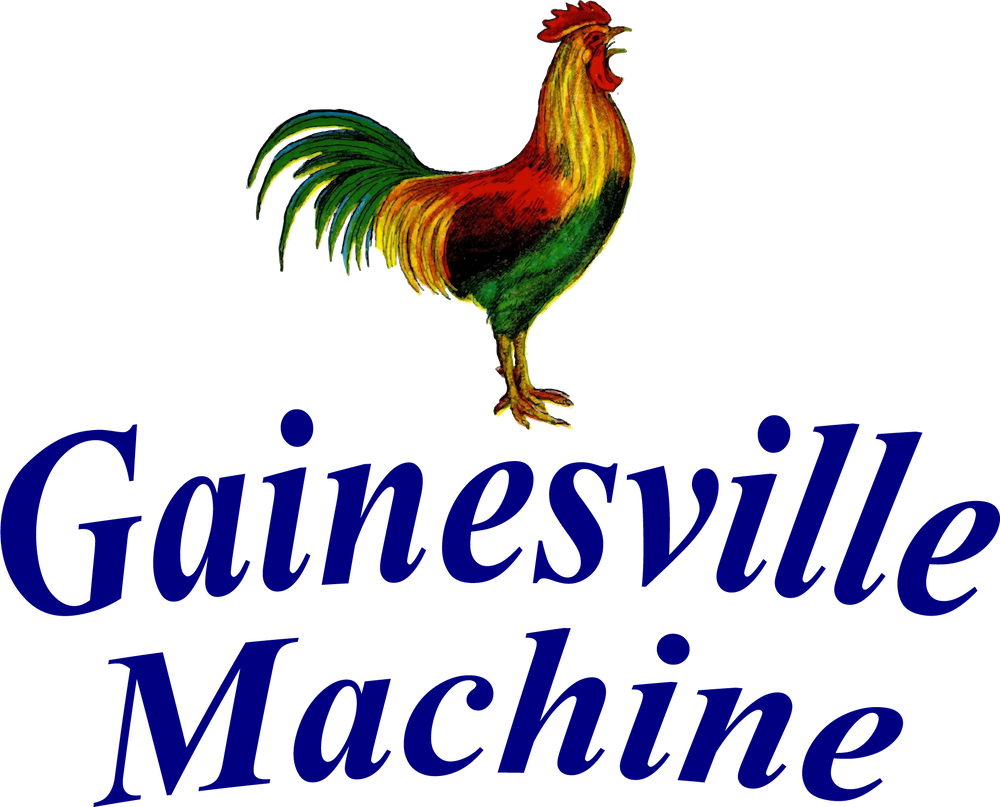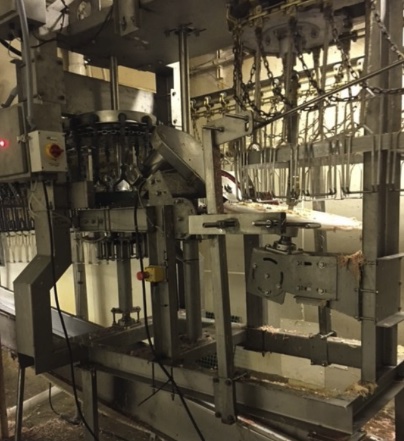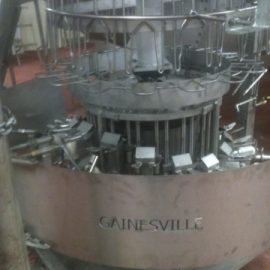Key Functions of an Auto Rehanger
- Automatic Transfer:
- Transfers poultry carcasses from one processing line to another without manual intervention.
- Ensures seamless transition between different stages of processing, such as from defeathering to evisceration lines.
- Workflow Continuity:
- Maintains continuous and efficient movement of carcasses through the processing plant.
- Reduces bottlenecks and delays by automating the rehanging process.
Components of an Auto Rehanger
- Gripping Mechanism:
- Equipped with automated arms or hooks that securely grip the poultry carcasses.
- Designed to handle carcasses gently to avoid damage.
- Transfer System:
- Moves the gripping mechanism from the end of one line to the start of another.
- Can include overhead tracks, conveyors, or robotic arms, depending on the specific design.
- Control System:
- Synchronizes the movement of the rehanger with the speed and timing of the processing lines.
- Uses sensors to detect the position of carcasses and ensure precise and accurate transfer.
Advantages
- Efficiency:
- Automates a labor-intensive task, increasing the speed and efficiency of the processing line.
- Reduces the need for manual labor, freeing up workers for other tasks and reducing labor costs.
- Consistency and Reliability:
- Ensures consistent and accurate transfer of carcasses, minimizing the risk of human error.
- Provides reliable operation, maintaining the smooth flow of processing.
- Hygiene and Safety:
- Reduces the risk of contamination by minimizing human contact with the carcasses.
- Enhances workplace safety by automating the rehanging process.
Application
- Poultry Processing:
- Used in poultry processing plants to transfer carcasses from one stage of processing to another.
- Essential for maintaining the efficiency and continuity of processing lines, particularly in high-volume operations.




